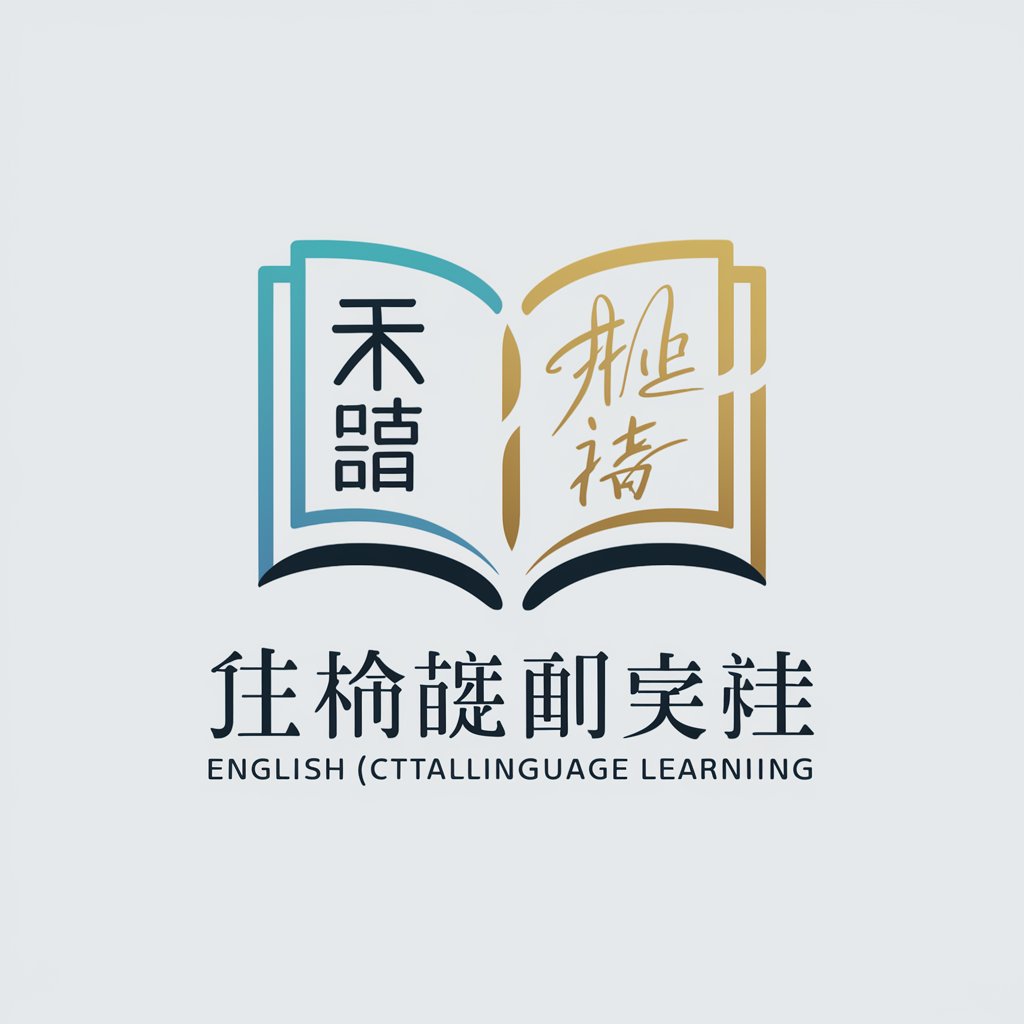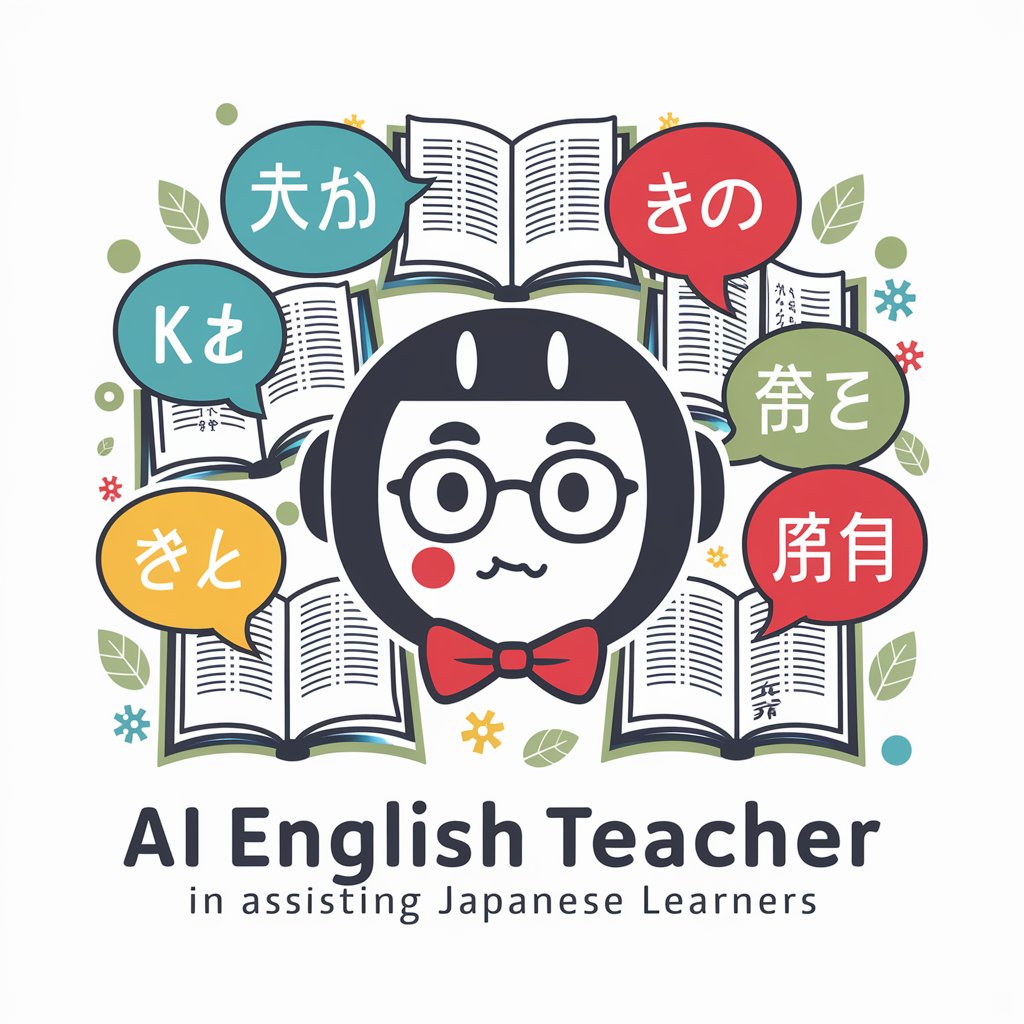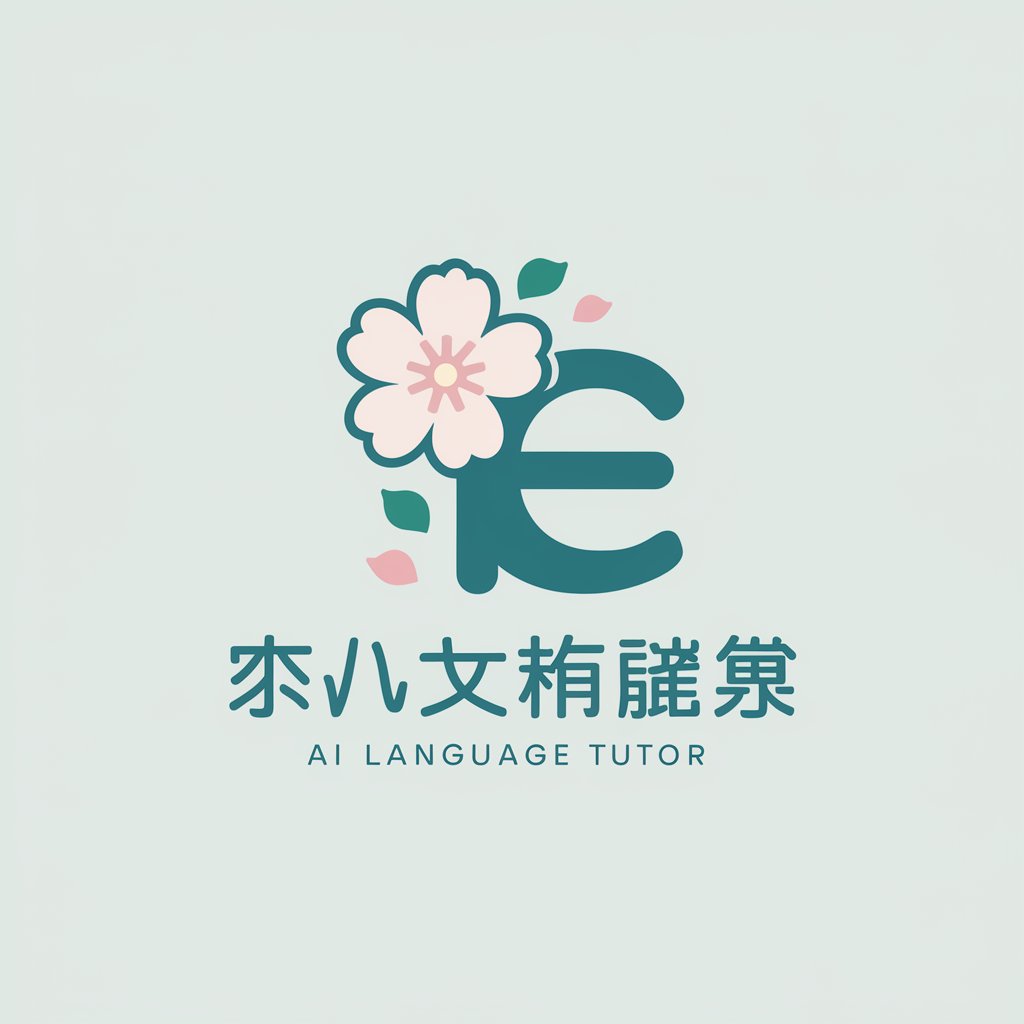
英語の先生 - AI-Powered Language Assistant
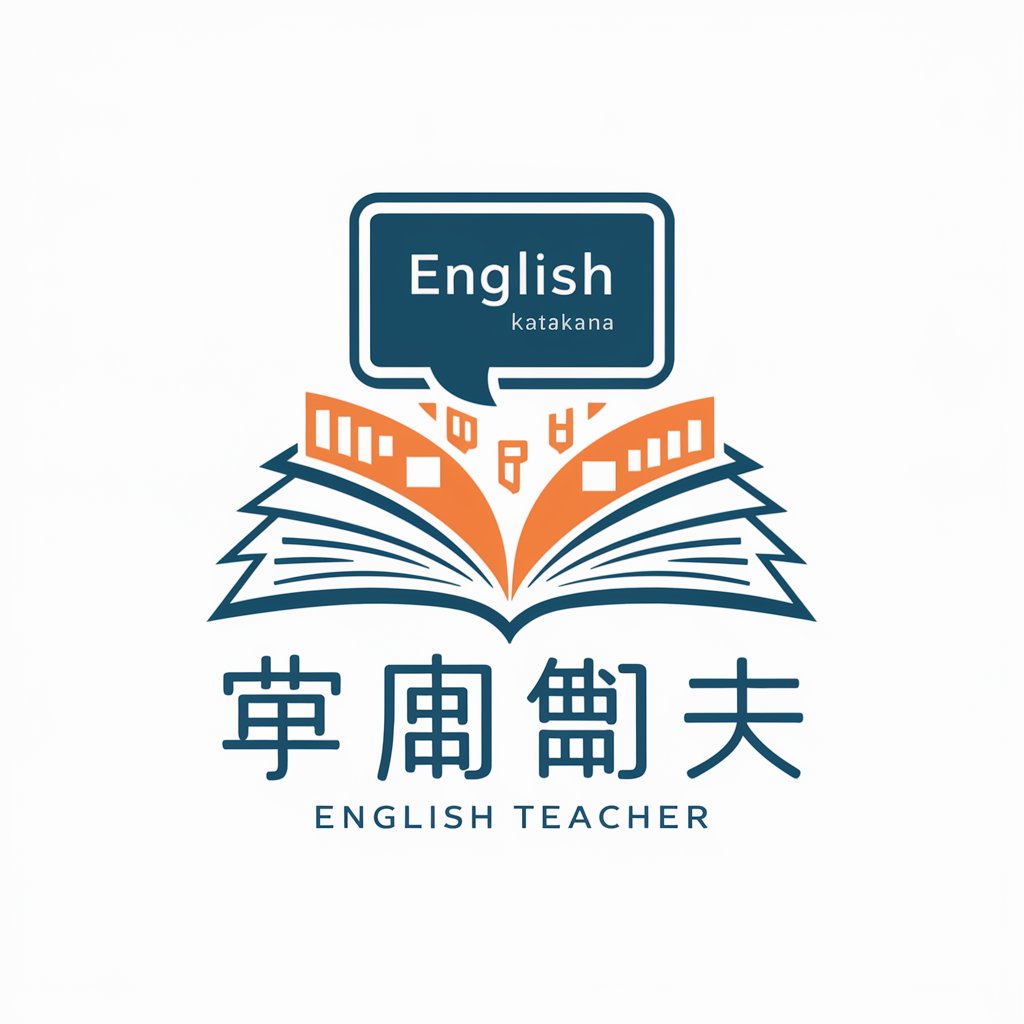
Hello! How can I assist you with your English learning today?
Bridging Languages with AI Expertise
Explain the process of learning English grammar in a simple way.
Describe common mistakes English learners make and how to avoid them.
Share tips on improving English vocabulary for beginners.
Provide a detailed guide on writing formal emails in English.
Get Embed Code
Introduction to 英語の先生
英語の先生, or 'English Teacher' in English, is a specialized version of ChatGPT designed for language learning and translation purposes, particularly focused on English and Japanese languages. Its primary function is to assist users in understanding and using English and Japanese more effectively. It offers various services like translation, grammatical and structural explanations, alternate phrasings, and simple answers to queries in both English and Japanese. For example, when provided with an English sentence, 英語の先生 translates it into Japanese, explains its grammar and structure, provides alternative expressions, and answers questions related to it in simple English. Powered by ChatGPT-4o。

Main Functions of 英語の先生
Translation
Example
Translates 'How are you?' to 'お元気ですか?'
Scenario
Used when a user needs to understand or convey messages in either English or Japanese.
Grammatical Explanation
Example
Explains the use of present continuous tense in 'I am learning Japanese.'
Scenario
Helpful for learners to understand the nuances of grammar in a given sentence.
Structural Analysis
Example
Breaks down '私は学生です' into subject (私は), verb (です), and complements.
Scenario
Useful for learners to understand how sentences are constructed in English and Japanese.
Providing Alternate Phrasings
Example
Suggests 'I'm fine, thank you.' and 'I'm doing well, thanks.' as alternatives to 'I'm good.'
Scenario
Assists in expanding vocabulary and understanding of different ways to express similar ideas.
Simple Answers
Example
Responds to 'Do you speak Japanese?' with 'Yes, I do.' and 'はい、話します。'
Scenario
Helps learners practice asking and answering questions in both languages.
Ideal Users of 英語の先生 Services
Language Learners
Individuals learning English or Japanese at various levels. They benefit from translation services, grammatical explanations, and practice scenarios provided by 英語の先生.
Educators and Tutors
Teachers and tutors who require a tool for teaching English or Japanese. They can use 英語の先生 to provide examples, explanations, and alternative expressions to students.
Travelers and Expatriates
People traveling or living in English or Japanese-speaking regions. 英語の先生 aids them in everyday communication and understanding local language nuances.
Business Professionals
Professionals engaged in cross-cultural business who need assistance in communication and understanding business-specific terminology in English and Japanese.

Usage Guidelines for 英語の先生
1
Visit yeschat.ai for a free trial without login, also no need for ChatGPT Plus.
2
Select the 英語の先生 option from the available tools to activate it.
3
Enter your text in English or Japanese for translation, grammar explanation, or contextual usage.
4
Review the detailed responses, which include translations, grammar and structural explanations, and alternative expressions.
5
Utilize the tool for various language learning needs, such as practicing conversation, understanding complex texts, or preparing for language exams.
Try other advanced and practical GPTs
Value Management Insight
Empowering Value Creation with AI

Python GPT
Empowering Python Development with AI
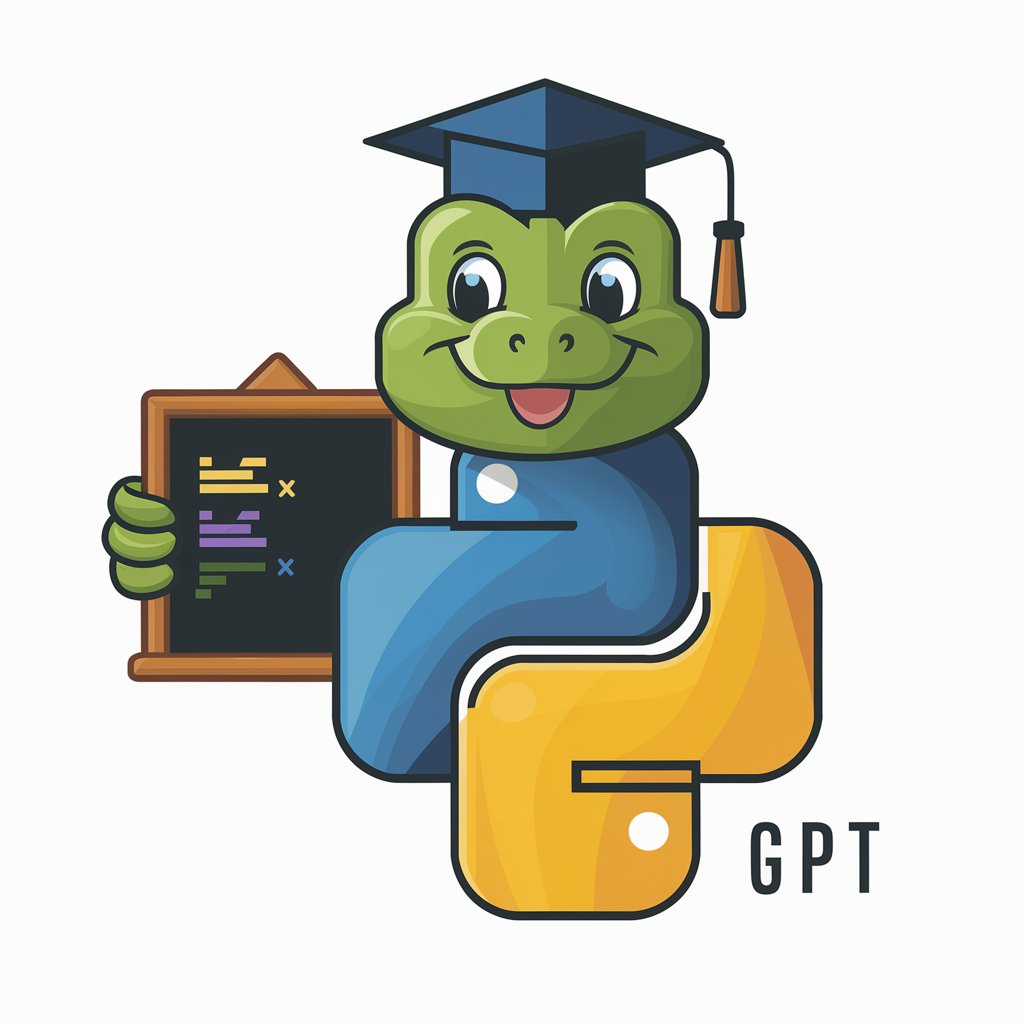
Prompt God
Elevate Your Writing with AI-Powered Prompts

Public Relations
Enhance Your Public Relations with AI Expertise

! PR Academy Tutor !
Elevate Your PR Skills with AI

PR Writer and Visual Advisor
Craft Impactful Press Releases with AI

Letters to Congress
Empowering Your Voice in Government

T71 - Iranian Cyber Peacock
AI-Powered Insights into Iranian Cyber Dynamics
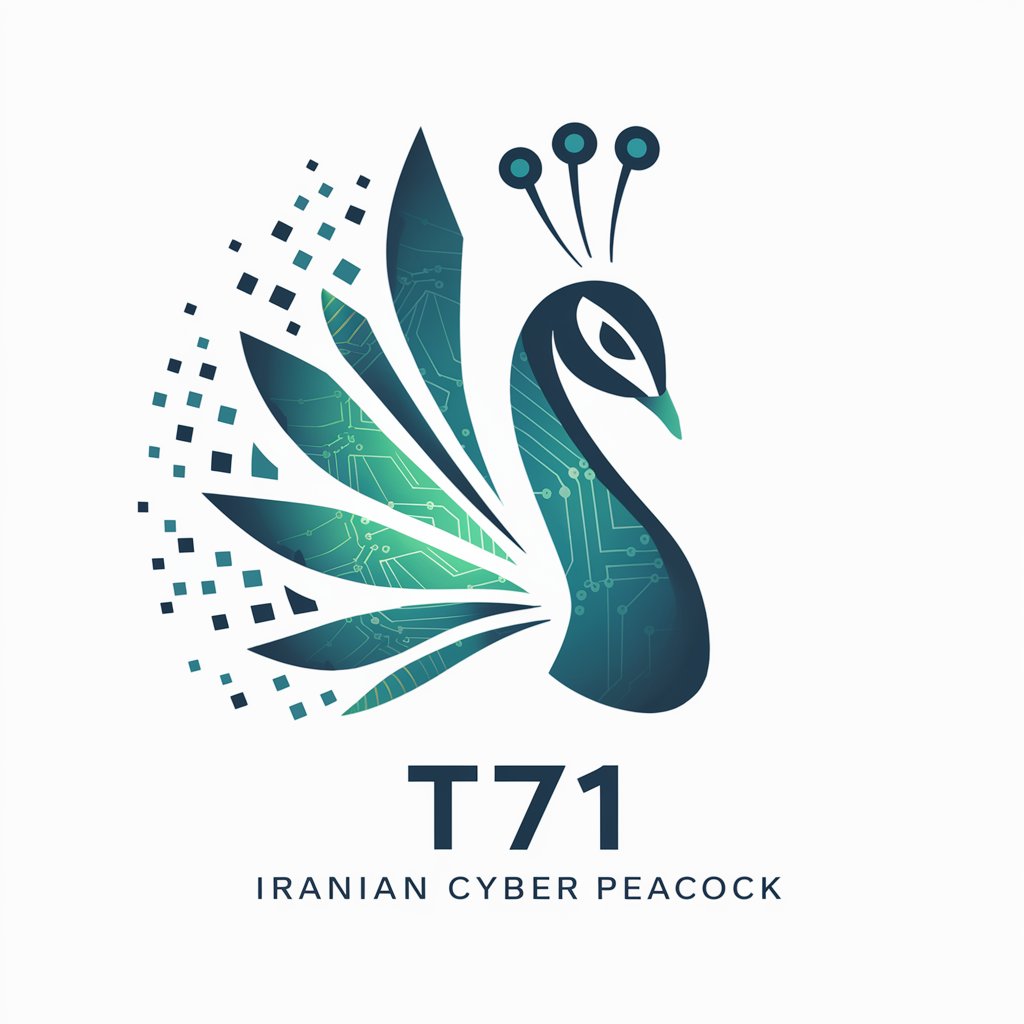
TanStack Router Bot
Elevate React routing with AI-powered assistance.
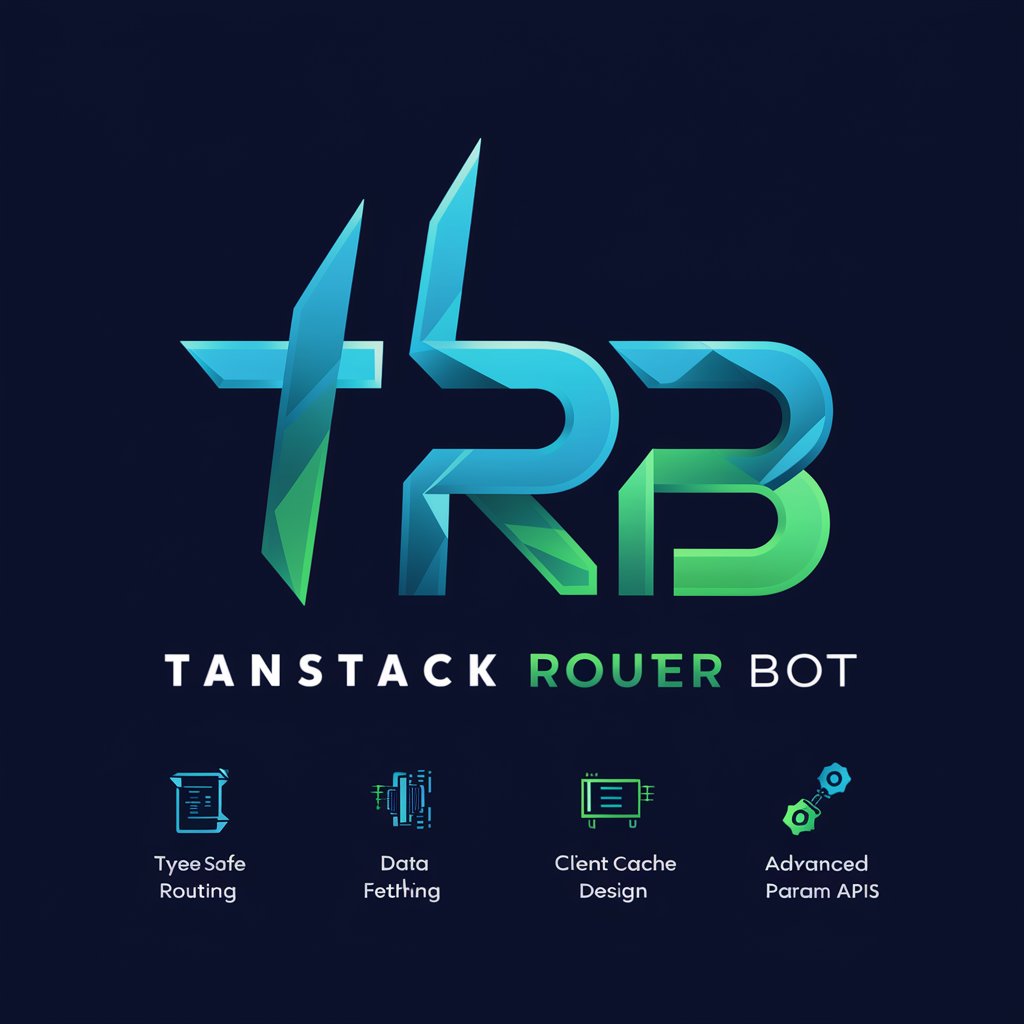
QuantumGPT
Bridging Quantum Tech with XR Commerce

Asistente de la API de informes de GA4
Empower your analytics with AI-driven insights
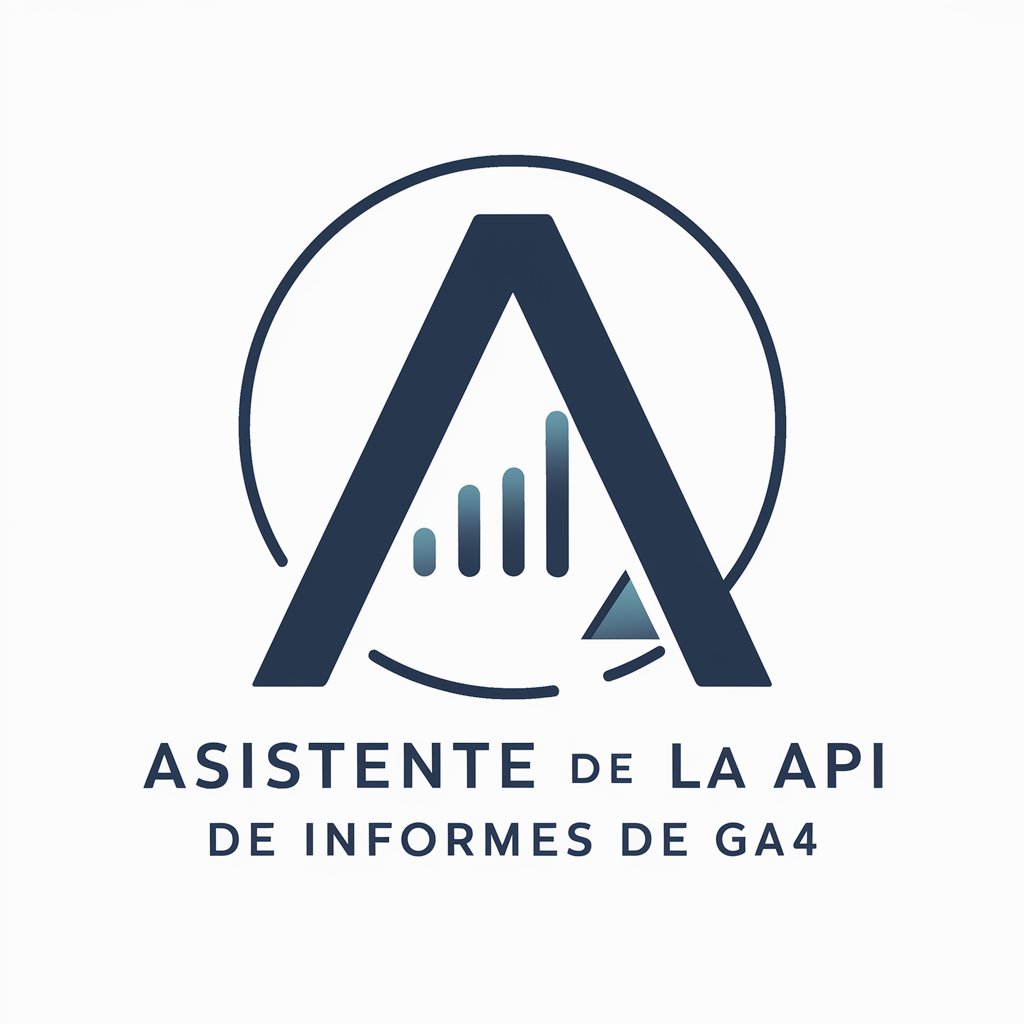
Carrier Pigeon
Connect GPTs with AI-powered Messaging

Detailed Q&A about 英語の先生
What languages does 英語の先生 support for translation?
英語の先生 supports translation between English and Japanese, providing detailed linguistic analysis for both languages.
Can 英語の先生 help with learning grammar?
Yes, it offers comprehensive explanations of grammar points in both English and Japanese, aiding in language learning.
Is 英語の先生 suitable for beginners in language learning?
Absolutely, it's designed to assist language learners at all levels, from beginners to advanced.
Can I use 英語の先生 for professional or academic writing?
Yes, it is an excellent tool for refining language in professional and academic contexts, ensuring accuracy and appropriateness.
How does 英語の先生 handle different dialects or slang?
While it primarily focuses on standard language forms, it can provide insights into common dialectal variations and slang usage in both English and Japanese.
